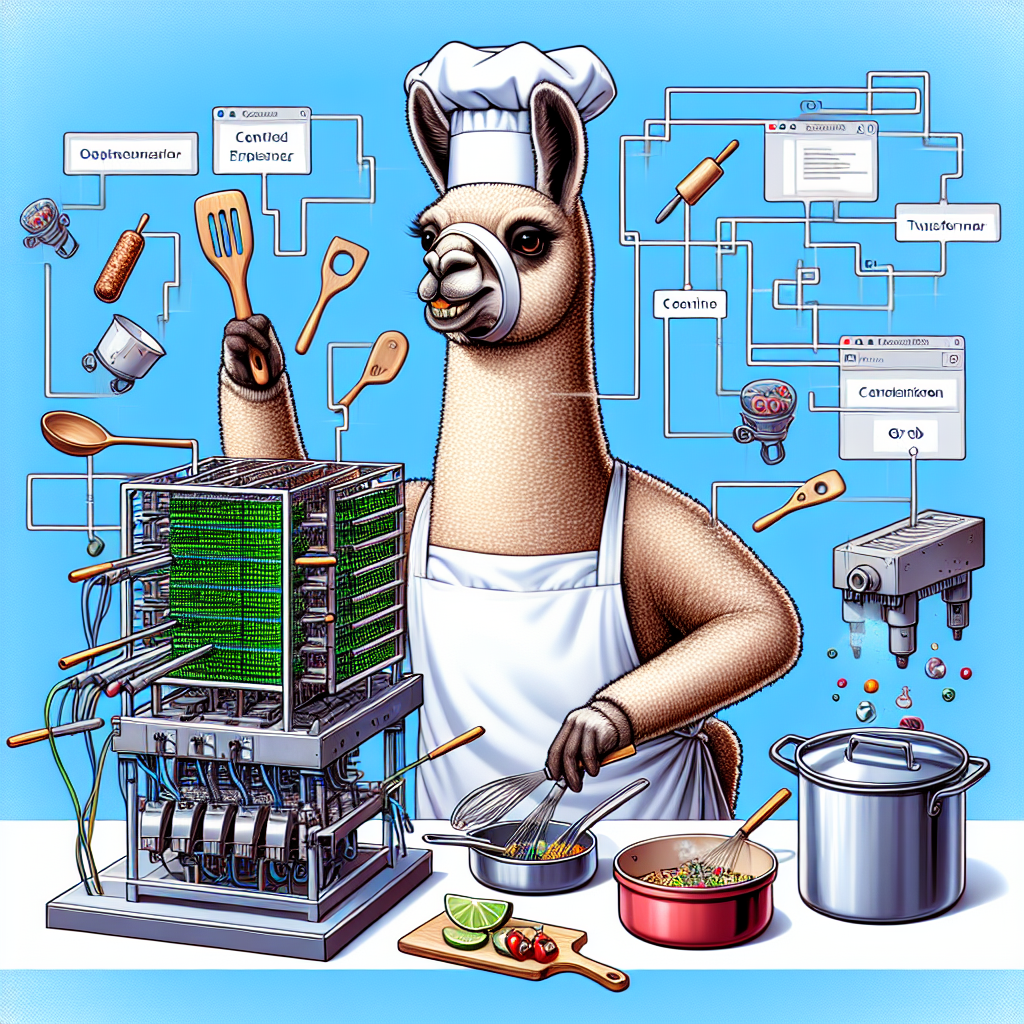Welcome to the world of advanced language models! Today, we will explore the Llama-3-Groq 8B Tool Use Model, specifically designed for complex tasks involving tool use and function calling.
What is the Llama-3-Groq-8B-Tool-Use Model?
The Llama-3-Groq-8B model operates like a highly skilled assistant, capable of grasping complex commands and working with various tools, making it great for tasks that involve interaction with APIs and structured data. Think of it as a smart chef who can not only read recipes but also understand advanced cooking techniques and manage several pots and pans simultaneously.
Model Details
– Type: Causal language model fine-tuned for tool use
– Languages: English
– Architecture: Optimized transformer
– Training Approach: Full fine-tuning and Direct Preference Optimization (DPO) on the base model
– Input & Output: Processes text input and generates enhanced text output
With its architecture and fine-tuning, it ranks among the best in the world, boasting an impressive Berkeley Function Calling Leaderboard (BFCL) Score of 89.06%!
How to Use the Model
Using the Llama-3-Groq model is straightforward. Here’s a simple guide:
1. Set Up Your Environment: Ensure you have access to the Groq API console or Hugging Face where the model is hosted.
2. Input Your Query: Prepare the text input that you wish the model to process. For example, requesting the current weather in a specific city.
3. Tune Sampling Parameters: Since the model is sensitive to the settings, start with:
– `temperature = 0.5`
– `top_p = 0.65`
Adjust these based on the desired output’s variability.
4. Receive Output: The model will deliver text output based on the input.
For example, if you were to ask, “What’s the weather like in San Francisco?”, the model understands this utility query and fetches the corresponding data.
Trouble? Here’s How to Troubleshoot
If you run into issues while using the Llama-3-Groq model, don’t worry! Here are some troubleshooting ideas to help you out:
– Check API Access: Ensure you have the correct access permissions for Groq API.
– Input Formatting: Double-check if your text input is structured properly.
– Adjust Parameters: If your model’s responses seem off, try adjusting the `temperature` or `top_p` values slightly.
– Monitor for Errors: Pay attention to any error messages you receive; they can provide clues for resolution.
For more troubleshooting questions/issues, contact our fxis.ai data scientist expert team.
Potential Limitations
While the Llama-3-Groq 8B model shines in tool use, it’s not universally perfect. Here are some situations where it may not perform as expected:
– General Knowledge Queries: For broader inquiries, a general-purpose language model may be better suited.
– Bias and Inaccuracy: Like any model, it may still produce biased or inaccurate outputs. It’s essential to implement safety measures in your applications.
Ethical Considerations
As an advanced model fine-tuned for specific tasks, it bears the responsibility of ethical use. Use this technology wisely and with care, implementing safeguards as required within your application.
Conclusion
Now you’re equipped to harness the power of the Llama-3-Groq-8B Tool Use model! Whether you’re manipulating structured data or interfacing with APIs, this model offers remarkable support for advanced functional engagements. Happy coding, and may your models generate fantastic results!

